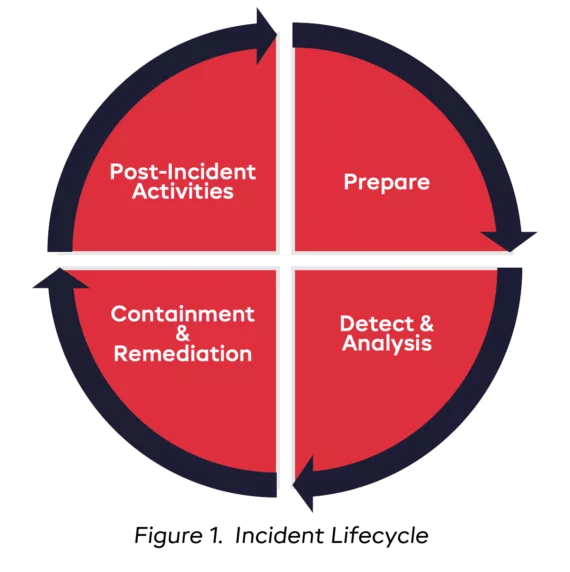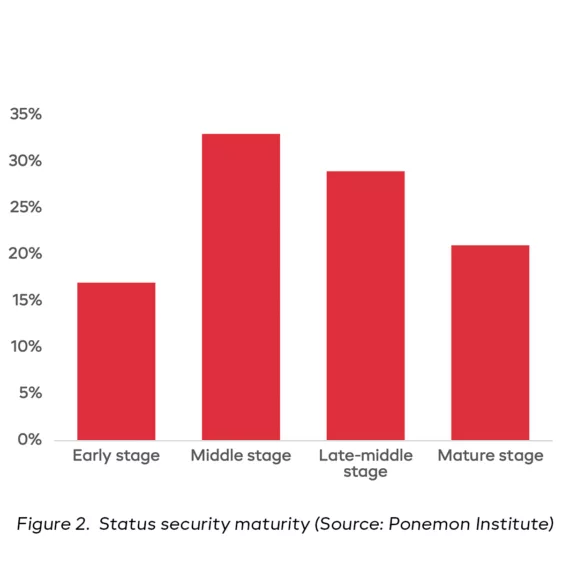Secura’s Cybersecurity Portfolio
Altogether these recommendations fit perfectly to our cybersecurity portfolio, specifically the first category “Audit & risk assessment”.
Secura provides a variety of specific OT/ICS assessment services and have this experience in multiple (critical) industrial markets, for example oil and gas, energy and (waste)water. With a gap analysis we identify the current state of security controls according to the IEC 62443-3-3 standard. With an OT risk assessment, we use a consequence-driven approach to quantify the highest cybersecurity risks for an OT environment. For a threat-driven approach we can offer OT threat modeling exercises. Finally, we provide security maturity assessments based on ISO27000 and IEC 62443-2-1 to assess the company’s maturity level using a holistic approach covering people, process, and technology in both IT and OT.
An important part of every security program is to test if all the designed mitigation controls and processes work in practice. Here we can provide one of our most valued services, vulnerability, and penetration testing. We are fully aware of the specific considerations that apply for OT systems and have the experience to plan and perform these tests safely and know what we can do or can’t do. Of course, always in close corporation with the asset owner. The same is applicable for our Red Teaming exercises where we even go one step further and simulate a full scale cyber-attack, testing not only the technical security controls but also the detection and response capabilities of the organization.
All assessments have their place on the roadmap and are useful for companies that are in a different stage in their cybersecurity program. This is also a continuous improvement loop, where technology and cyber threats are always changing. We are happy to invite you for an intake meeting, together with our sales team and security consultants so we can determine the best approach together.
Note that our full cybersecurity service portfolio also includes security training and certification. For more information on these topics, please view our industrial market page.






 Frank Ruedisueli - Senior OT Security Consultant
Frank Ruedisueli - Senior OT Security Consultant




